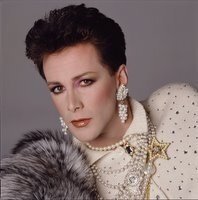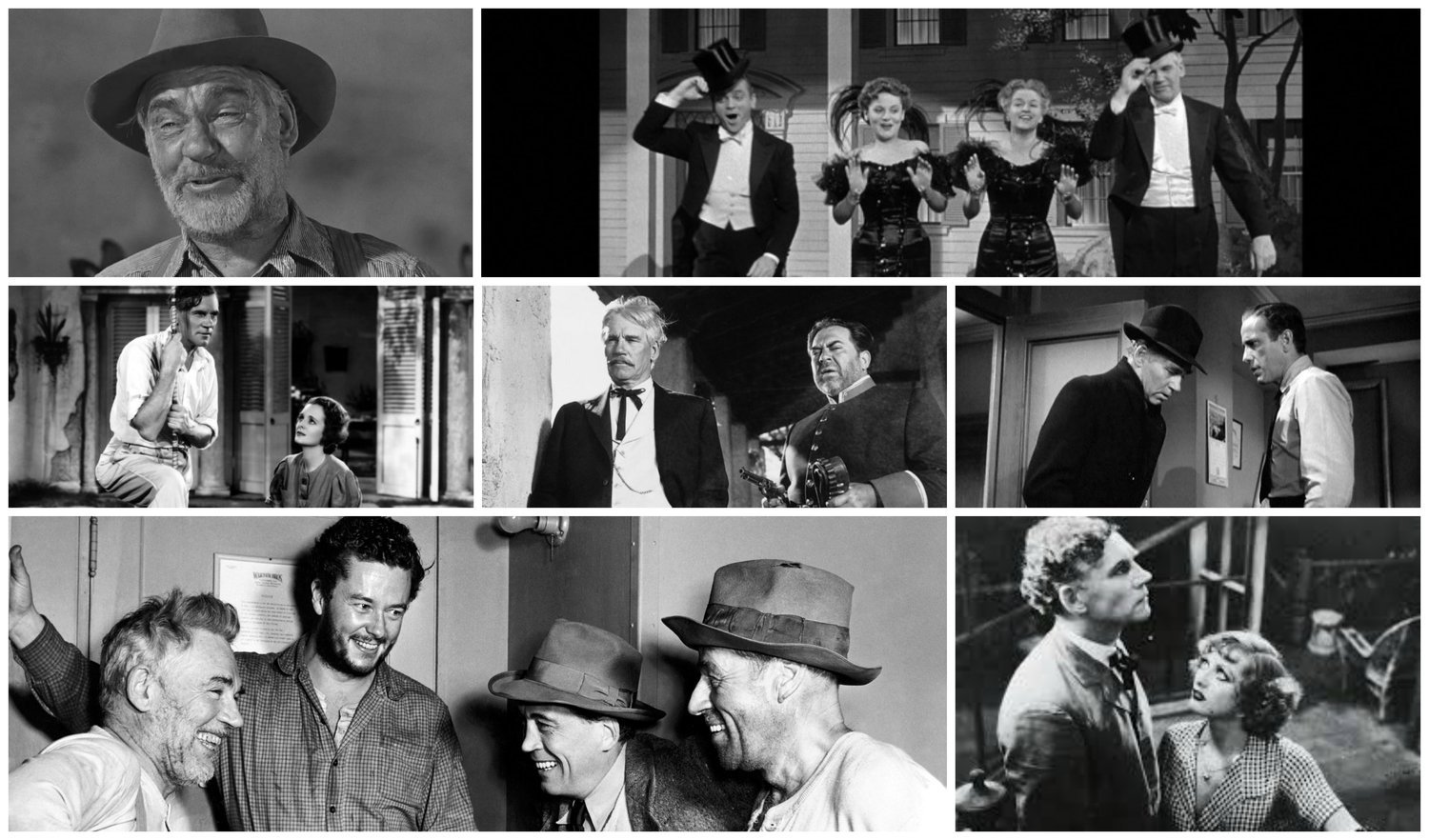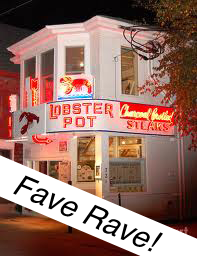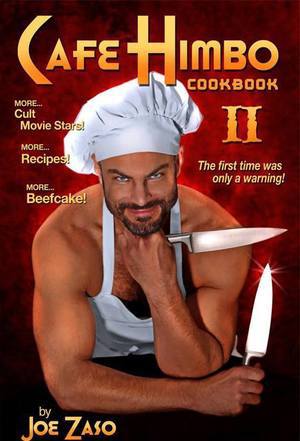A New Sybil's "WHO'Z DAT?"… WALTER HUSTON (April 5, 1883 – April 7, 1950)
/Darlings! Mummy has made a decision! After reading dozens of posts and having hundreds of conversations with well-meaning folks who just don't know about the great CHARACTER actors who gave films the depth and genius that surrounded and supported the so-called "stars", I am going to post a regular, special entry called "SYBIL'S WHO'Z DAT?"....there'll be photos and a mini-bio, and the next time you see one of those familiar, fabulous faces that you just "can't quite place".......well, maybe these posts will help. Some of these actors worked more, had longer and broader careers, and ended up happier, more loved, and even wealthier than the "stars" that the public worships. (I think there may be a metaphor in that! What do you think???). And speaking of “character” actors, Mummy is going to introduce everyone to the concept of a “character LEAD”!! These actors may not have been lyrically handsome or beautiful, but they often played the leading roles in the most interesting and classic films out of Hollywood. Technically, Bette Davis was one!... almost from the very start of her career. And by her OWN choice! Spencer Tracy was another. Well, my next guest here is not only a classic example, but his range of both comedy and drama, heroes and villains, insure him a seat at the Olympus of character leads! And he started one of the great Hollywood dynasties as well! Walter Huston! (April 5, 1883 – April 7, 1950)
You’ve seen him everywhere, but he’s so chameleon that many folks don’t realize it’s actually HIM in some of the great classic pictures. Born in Toronto, Canada into a farming family and originally trained as an engineer, Huston turned to his other passion acting in 1902, appearing in Vaudeville and stage plays. In 1904, he married Rhea Gore (1882-1938) and gave up acting to work as a manager of electric power stations in Nevada and Missouri. By 1909, his marriage floundering, he began appearing in vaudeville with an older actress called Bayonne Whipple (1865 - 1937) (born Mina Rose). They were billed as "Whipple and Huston" and in 1915 they married. Vaudeville was their livelihood into the 1920s. In 1924 he starred in the premiere production of Eugene O’Neill’s DESIRE UNDER THE ELMS at the Provincetown Playhouse Theatre in Greenwich Village, which then moved to Broadway. To the end of his life, O'Neill (the only American playwright to win the Nobel Prize for Literature) maintained that Huston’s performance was the greatest by any actor in any of his works. For the next few years, Huston appeared on Broadway and then moved to Hollywood as the “talkies” first began to appear. He immediately began starring opposite some of the great film actors of the early 30’s; Gary Cooper in THE VIRGINIAN (1929), Jean Harlow in BEAST OF THE CITY (1932), and Joan Crawford in RAIN (1932). His range ran from heroic icons like the title role in ABRAHAM LINCOLN (1930) to corrupt judges in NIGHT COURT (1932).
Huston received the first of his four Academy Award nominations for the eponymous DODSWORTH (1936), the role he had originated on Broadway in 1934. Huston continued to return to the stage over the years, alternating work between New York and Hollywood. He scored on of his greatest stage successes in KNICKERBOCKER HOLIDAY (1944) as Peter Stuyvesant singing the immortal Kurt Weill/Maxwell Anderson classic “September Song”. Huston once said, “I was certainly a better actor after my years in Hollywood. I had learned to be natural - never to exaggerate. I found I could act on the stage in just the same way as I had acted in a studio: using my ordinary voice, eliminating gestures, keeping everything extremely simple.”. Huston received his second Best Actor nomination playing Mr. Scratch in the film adaptation of Stephen Vincent Benet’s THE DEVIL AND DANIEL WEBSTER (1941) and his third Oscar nod (for Best Supporting Actor) playing the father of George M. Cohan’s (James Cagney) in YANKEE DOODLE DANDY (1942) the following year. Just before playing Lucifer, he had made a brief cameo appearance as the dying sea captain (uncredited) who delivers THE MALTESE FALCON (1941) to the office of Sam Spade (Humphrey Bogart). That film represented the directorial debut of his son John Huston, who had established himself in Hollywood as a screenwriter in the 1930s. John Huston, as a practical joke, had his father enter the scene and die over 10 different takes.
Walter would go on to win an Oscar for Best Supporting Actor in 1948 for his role as the old miner in his writer-director son John' s THE TREASURE OF THE SIERRA MADRE (1948), co-starring with Bogart. Accepting his Academy Award, the elder Huston said, "Many years ago.... Many, MANY years ago, I brought up a boy, and I said to him, 'Son, if you ever become a writer, try to write a good part for your old man sometime.' Well, by cracky, that's what he did!". Walter Huston died the following year in Beverly Hills from an aortic aneurysm, two days after his 67th birthday. The legacy he leaves is not only his own beautifully crafted work, but also the Huston dynasty; his brilliant actor/director son John, and grandchildren Angelica, Danny, and Tony.
[Want to read other fun and funny stories here on SybilSez.com? Just enter any topic that pops into your head in the "search" window on the upper right! Who knows what might come up?...and feel free to share them with your friends!]










